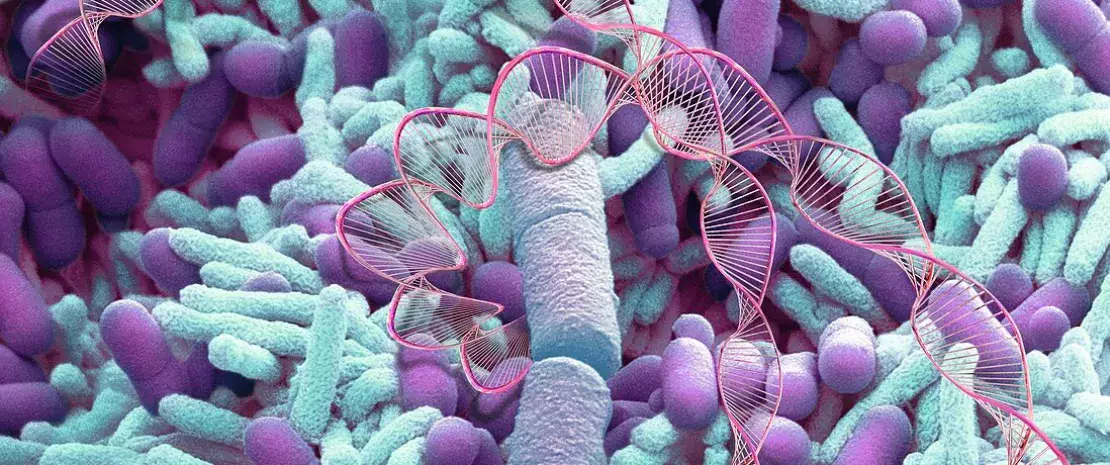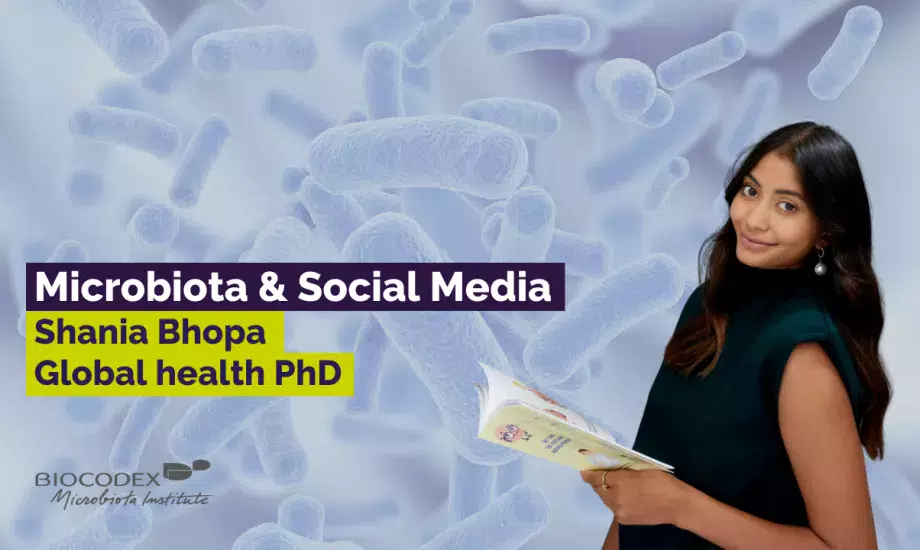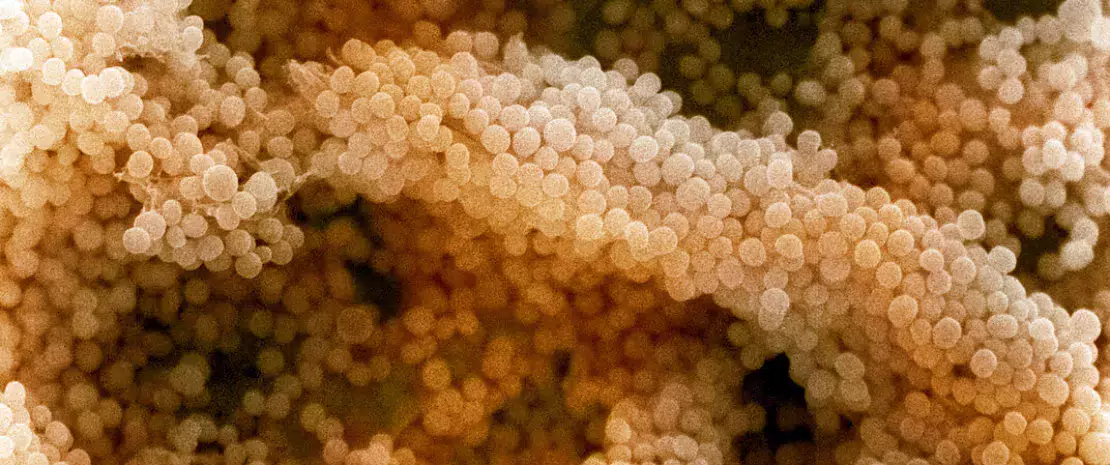Could AI revolutionize our understanding, diagnosis, and management of ASD?
This is one of the questions a team of Dutch researchers has tried to shed some light on. The results of their study have just been published in Scientific Reports. 1
Thanks to machine learning, these scientists were able to identify 26 bacterial taxa characteristic of the gut microbiota of children suffering from autism. This discovery opens the door to new diagnostic techniques and provides potential targets for therapeutic intervention.
Overcoming dietary and lifestyle biases
To unearth these findings, Lucia Peralta-Marzal and her team used data on gut microbiota composition from 60 autistic American children aged 2 to 7 years and 57 of their siblings not affected by the disorder (control group).
By choosing children from the same sibling group, the scientists sought to reduce biases – common in traditional statistical analyses – linked to diet, living environment, and lifestyle. Their goal was to identify a gut microbial signature specifically linked to ASD.
The researchers analyzed raw 16S rRNA gene sequencing data extracted from the gut microbiota of the children in the cohort using an algorithm called recursive ensemble feature selection (REFS) based on machine learning.
This sub-domain of AI, which uses algorithms to discover patterns in datasets, enabled them to identify 26 amplicon sequence variants (ASVs). These ASVs correspond to 26 bacterial taxa capable of differentiating the children with autism from those in the control group.
A precise, robust, and validated predictive tool
By using these 26 taxa to analyze the same type of data, but this time from two Chinese cohorts (223 children, including 125 with ASD), Lucia Peralta-Marzal and her team succeeded in confirming the ability of this signature to identify autistic children, thus demonstrating the signature’s reliability and reproducibility.
They calculated the average area under the curve (AUC) to be 81.6% in the US cohort and 74.8% and 74%, respectively, in the Chinese cohorts, proving that confounding factors such as lifestyle do not alter this signature.
Further studies will be needed to understand the role of the 26 taxa in the pathophysiology of ASD. However, this signature can already be used for diagnostic purposes and to provide new information on the molecular mechanisms at play in the microbiota-gut-brain axis.
In any case, the study confirms that the gut microbiota is strongly associated with ASD and should not be overlooked as a potential target for therapeutic intervention.

 Antimicrobial resistance genes “stowaway” in gut microbiota during international travel
Antimicrobial resistance genes “stowaway” in gut microbiota during international travel
 Massive amounts of antibiotic resistance genes found in clouds
Massive amounts of antibiotic resistance genes found in clouds










































